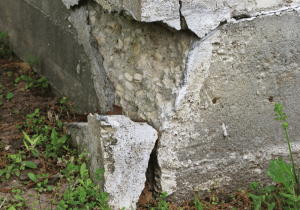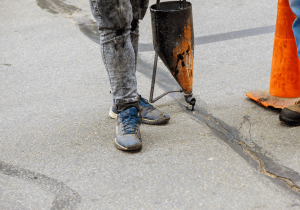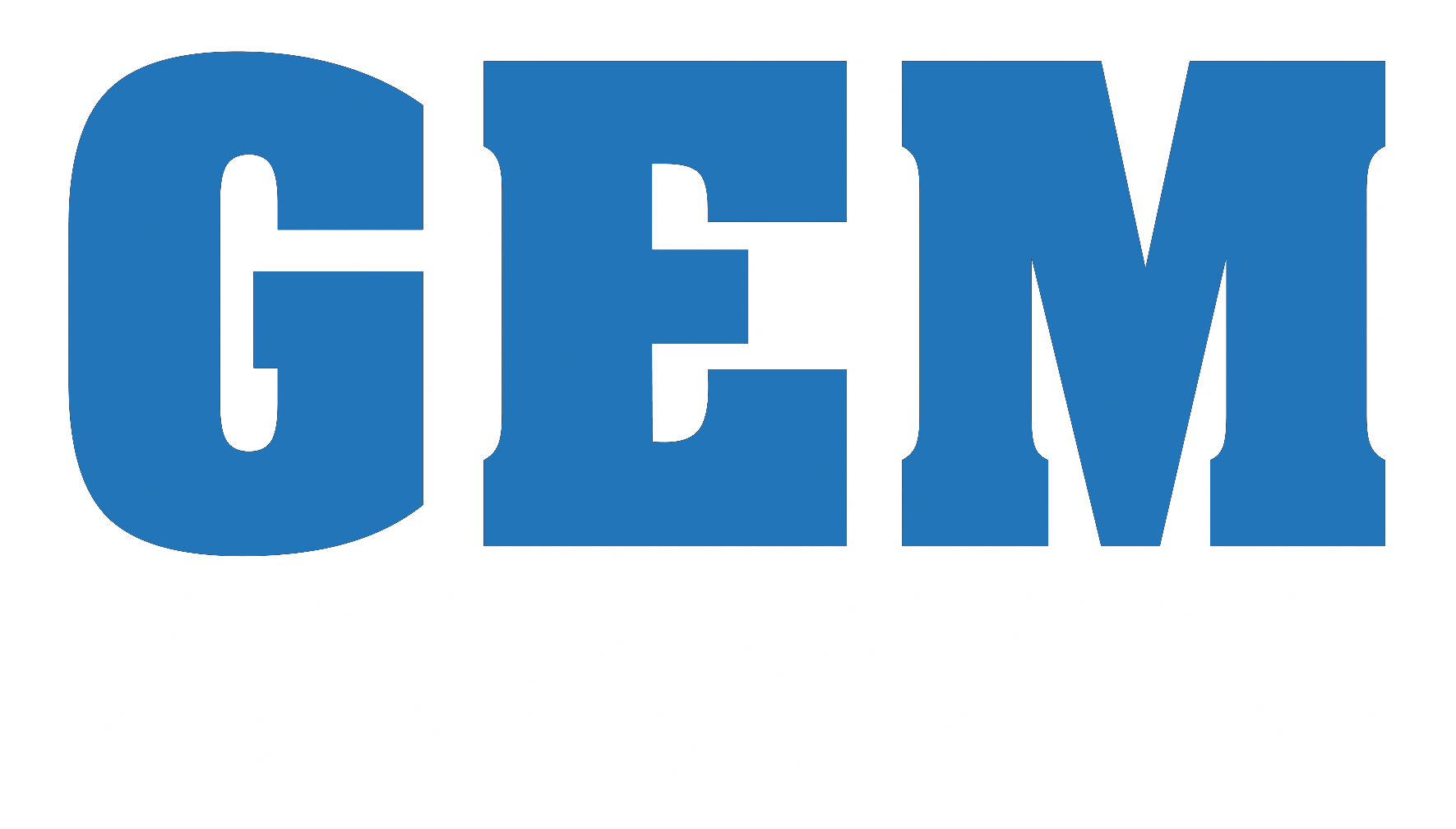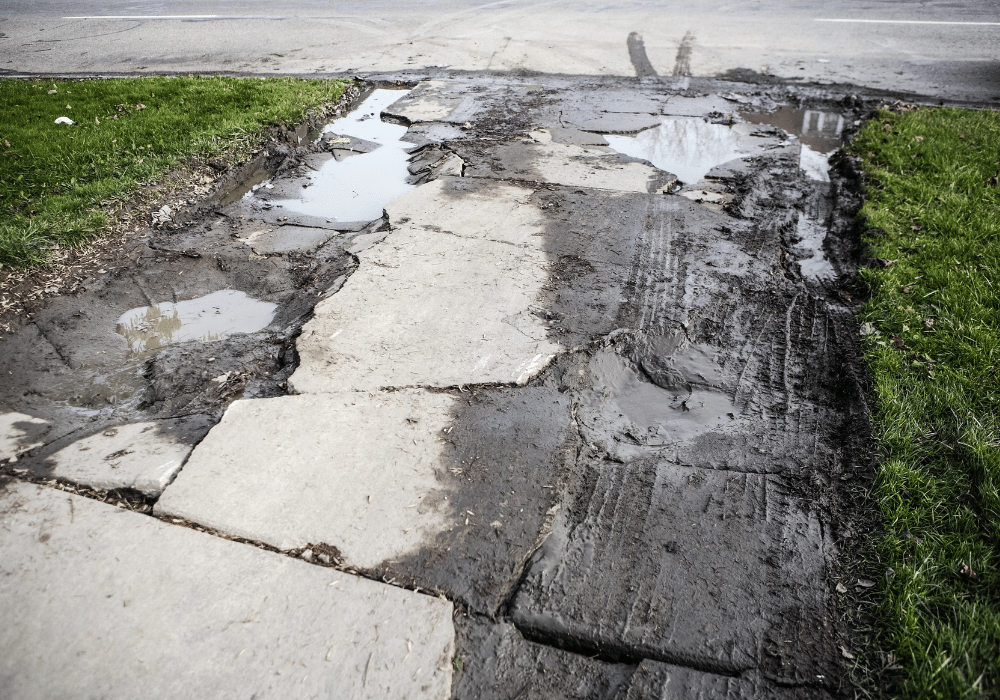Concrete is a vital element in many homes, providing sturdy foundations, smooth driveways, and reliable patios. But have you noticed cracks or uneven surfaces forming over time? Unfortunately, concrete settling is a common problem that often leaves homeowners frustrated and their property looking less than perfect. This blog will explore why concrete settles, the early warning signs of uneven surfaces, and most importantly, how homeowners can prevent or fix this issue. Whether you’re building a new patio or maintaining your driveway, understanding these factors can save you time, money, and future headaches.
 Understanding Why Concrete Settles
Understanding Why Concrete Settles
Concrete may appear rock-solid, but it relies on a stable base to maintain its structure. When issues arise beneath the surface, settling becomes inevitable. Below are the main culprits behind concrete settling.
Soil Erosion
One of the leading causes of sinking concrete is soil erosion. Over time, water can wash away the soil underneath your concrete slabs, creating hollow pockets and weakening the support. Rain, snowmelt, and improperly routed drainage systems can all contribute to soil erosion.
Example: A driveway situated on a slope is particularly vulnerable. Without proper drainage, rainwater can pull soil downhill, leaving the concrete unsupported and uneven.
Water Damage
Excess moisture is never good for concrete. Standing water seeps into the ground below, causing the soil to weaken and compress. This problem is often seen in areas prone to heavy rains or flooding, where drainage systems are unable to keep up.
Example: If gutters are missing or clogged near a concrete walkway, water run-off can pool below the slab, resulting in gradual sinking.
Improper Installation
Not all concrete installations are created equal. If the concrete mix is poor or the base underneath isn’t compacted properly, the slab may settle prematurely. Skipping critical steps, like using a gravel base or leveling the area before pouring, can lead to long-term issues.
Example: A patio built on loose, inadequately packed soil will likely develop cracks and settle faster than one installed with the proper preparation.
Signs of Uneven Concrete Surfaces
Spotting the early signs of concrete settling can help you address the issue before it worsens. Keep an eye out for these common indicators around your home:
- Visible Cracks: Cracks that form out of nowhere may indicate shifting or settling.
- Pooling Water: Water puddles gathering in specific areas of your concrete surface are a red flag.
- Uneven Slabs: Sections of your driveway, patio, or sidewalk sitting at different heights.
- Doors or Windows Sticking: This could signify foundational settling causing your house to shift.
- Tripping Hazards: Raised or sunken slabs creating abrupt edges are not only inconvenient but also dangerous, especially for children or seniors.
If you notice any of these symptoms, it’s time to take action before the problems escalate.
Preventive Measures
While repair options are available, prevention is always better than cure. Implementing a few key practices can significantly reduce your chances of dealing with uneven concrete surfaces.
Ensure Proper Drainage
Water is the main culprit behind soil erosion and concrete settling. To prevent water damage, it’s essential to have a proper drainage system in place. This includes adequately sloped surfaces, functioning gutters, and downspouts that direct water away from the concrete.
Pro Tip: Install a French drain or underground drainage pipes in areas prone to excessive water pooling.
Prepare the Soil
Before pouring concrete, invest in thorough soil preparation. Compacting the soil and adding a gravel base ensures your foundation is solid and less susceptible to shifting.
Pro Tip: If contractors are involved, confirm that they will follow these soil preparation steps.
 Seal Concrete Surfaces
Seal Concrete Surfaces
Applying a concrete sealant creates a protective barrier to prevent water absorption. This step is particularly important in areas exposed to heavy rain or freezing temperatures, as it helps reduce cracks and water infiltration.
Avoid Overloading
Concrete can lose structural integrity when subjected to excessive weight. Avoid parking heavy vehicles on driveways not designed to bear such loads, and refrain from stacking heavy objects on patios.
Pro Tip: Consult a professional about weight limits if you’re unsure about your concrete’s capacity.
Regular Maintenance
Performing periodic inspections and addressing minor issues, like small cracks, ASAP can prevent larger problems down the road.
Repair Options
If you’re already facing uneven concrete surfaces, don’t worry—there are effective repair solutions available. Below are three go-to methods for restoring your slabs.
Mudjacking (Slabjacking)
Mudjacking is a process where a specialized slurry mixture is injected beneath the problem area to lift the slab back into place.
- Pros: Affordable and minimally invasive.
- Cons: Slurry may not be suitable for all soil types.
Polyurethane Foam Injection
Similar to mudjacking, but with advanced materials, polyurethane foam injection lifts uneven concrete by injecting expanding foam under the slab.
- Pros: Lightweight, long-lasting, and quick to set.
- Cons: Typically more expensive than mudjacking.
Concrete Replacement
For severely damaged or aged slabs, replacement is often the best solution. While replacing your concrete is more labour-intensive and costly, it ensures a long-term fix when other methods won’t suffice.
- Pro Tip: To prevent future settling after replacement, rely on the preventive measures shared above.
Concrete settling may be a common issue, but when you understand the causes and take action early, it becomes much easier to manage. Preventive steps like proper drainage, sealing surfaces, and preparing soil can make a world of difference, sparing you the expense and frustration of significant repairs.
If you’re already dealing with uneven surfaces, now is the time to explore repair options to restore your home’s safety and appearance. Consulting professional contractors ensures the job is done right the first time—safeguarding your investments for years to come.
Don’t wait until that tiny crack becomes a gaping hazard. Start inspecting your property today and consider implementing preventive measures to keep your concrete in pristine condition.

